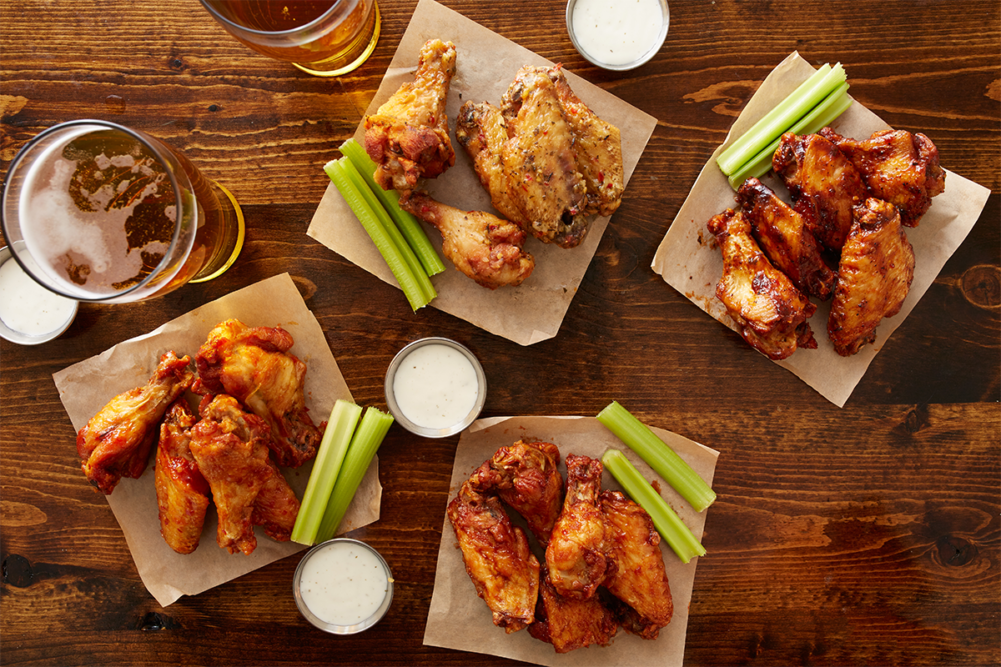DENVER — Chicken wings and breast meat retail prices have continued to fall sharply in recent months, which brought some relief to inflation-weary consumers, a report from CoBank’s Knowledge Exchange stated.
The report explained that falling prices are welcome news for foodservice partners after market volatility and supply shortages during COVID-19. The news also comes as restaurants prepare for more customers to show up for the NCAA basketball tournament starting this week.
Lower wholesale prices for wings and breast meat are creating a strong opportunity for grocers and restaurant chains to feature chicken as an inflation-busting protein for consumers, according to CoBank’s Knowledge Exchange.
Grocery stores are also expected to leverage the lower prices to promote chicken as they prepare for the 2023 grilling season, especially with US beef production trending toward its lowest level since 2017.
“With wholesale prices for boneless breast meat trending significantly lower than last year, it would be surprising if food service and retail outlets alike didn’t take note and plan their summer meat case features accordingly,” said Brian Earnest, lead animal protein economist for CoBank. “Particularly given the inflationary pressures in other animal protein sectors.”
CoBank shared some context of the recent history for chicken products. Throughout the COVID-19 pandemic, chicken production struggled to keep up with consumer demand for take-out wings because of labor and supply chain limitations. The strong demand and supply issues led to high prices for wings in 2021. Other offerings began to be offered at wing-centric restaurants as inventory levels built back up in the wing space.
During the end of 2022, breast meat prices went up dramatically along with high beef prices and resurging foodservice demand. However, CoBank said chicken rebounded at 75 million lbs per week on average during the third and fourth quarter.
“At the same time, disposable incomes were being crunched by inflation and restaurant visits were decelerating,” CoBank added. “This all sent wholesale chicken markets into freefall by November, which is essentially where markets remain today.”
With market conditions improving for chicken buys, producers have seen a squeeze due to higher feed costs with soybean meal rising 25% over the past three months and approaching record highs.
Earnest stated in the report that profitability in 2022 should provide some cushion for chicken producers to weather the current price cycle.
“With the shortage of other proteins and returning demand for chicken, we expect the profitability outlook to improve notably by mid-2023,” he added.

